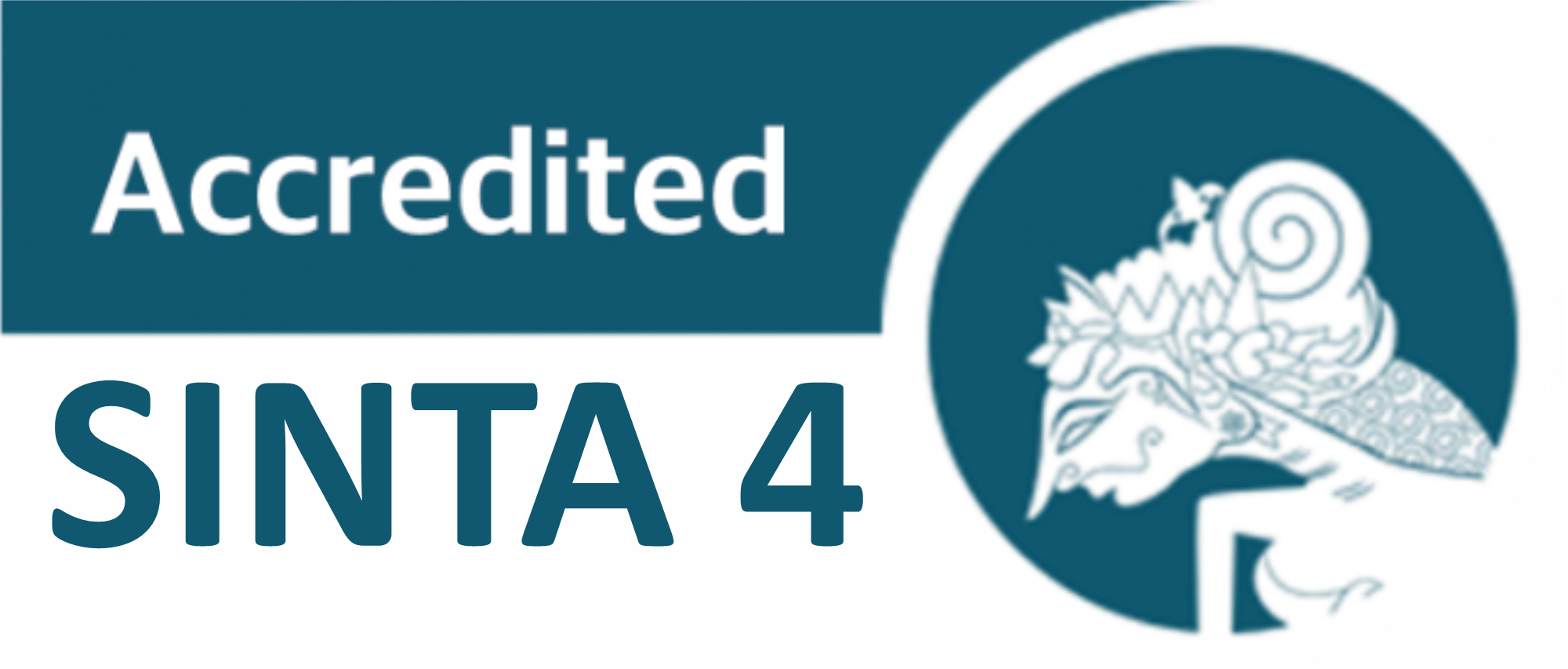Design of a Footflash Application as a Footwork Detector for Badminton Players
DOI:
https://doi.org/10.24114/gr.v14i1.64668Keywords:
Badminton Training, User-Centered Design, Footwork Detection, Design ThinkingAbstract
As a national sport in Indonesia, badminton requires agile footwork to achieve success in competitions. However, players often struggle to maintain consistent techniques and receive real-time feedback. A qualitative approach using the design thinking method was applied, including interviews, usability testing, and prototype observation. In the define stage, How Might We questions were formulated to guide the solution. The ideate and prototype stages resulted in key features such as motion detection and progress tracking. In the test stage, four active badminton players evaluated the usability and effectiveness of the application. The usability test results showed that color-coded motion tracking on the Apple Watch helped users understand their mistakes. Feedback from users prompted design iterations on performance analysis features, video tutorials, and training intensity adjustments. This study demonstrates that directly listening to users’ opinions and experiences is essential in designing sports technology that is effective and easy to use. Future development will focus on incorporating artificial intelligence (AI) to tailor training based on user abilities and progress, as well as gamification elements to enhance user engagement.References
Arifin, A. N., Andrianto, A., & Ramawisari, I. (2024). Knockdown work desk: enhancing design student’s activities in limited spaces. Gorga : Jurnal Seni Rupa, 13(2), 780–787. https://doi.org/10.24114/gr.v13i2.62820
Bez, M. R., & Simini, F. (2018). Wearable devices and medical monitoring robot software to reduce costs and increase quality of care. Advances in Computing and Communications, 2033–2038. https://doi.org/10.1109/ICACCI.2018.8554646
Borsci, S., Federici, S., Malizia, A., & De Filippis, M. L. (2018). Shaking the usability tree: why usability is not a dead end, and a constructive way forward. Behaviour & Information Technology, 38(5), 519–532. https://doi.org/10.1080/0144929X.2018.1541255
Burhan, Z., Herlina, H., & Nulhadi, A. (2022). Pelatihan cabang olahraga bulu tangkis pada PB Darek. Devote: Jurnal Pengabdian Masyarakat Global, 1(2), 120-125. https://doi.org/10.55681/devote.v1i2.371
Chiu, Y.-L., Tsai, C.-L., Sung, W.-H., & Tsai, Y.-J. (2020). Feasibility of smartphone-based badminton footwork performance assessment system. Sensors, 20(21):6035-. doi: 10.3390/S20216035
Farosa, A. W., & Irfansyah, I. (2023). Perancangan mobile apps kamus sebagai media dokumentasi bahasa isyarat khas Bandung dengan peraga animasi 3d. Gorga : Jurnal Seni Rupa, 12(2), 524–534. https://doi.org/10.24114/gr.v12i2.48894
Ferrão, C. M. (2022). The psychology of colors in branding. Latin American Journal of Development, 4(5),1715-1719. doi: 10.46814/lajdv4n5-013
Ghezelseflou, H., & Choori, A. (2023). Athlete perspectives on AI-driven coaching technologies: a qualitative inquiry. AI and Tech in Behavioral and Social Sciences, 1(1), 4-11. https://doi.org/10.61838/kman.aitech.1.1.2
Hasanah, Z., & Grahita, B. (2024). Perancangan Aplikasi Mobile “Teman Tiroid” sebagai media self-monitoring untuk pasien tiroid. Gorga : Jurnal Seni Rupa, 13(1), 73–82. https://doi.org/10.24114/gr.v13i01.55538
Liikkanen, L. A. (2016). UX Strategy as a Kick-starter for Design Transformation. CHI EA '16: Proceedings of the 2016 CHI Conference Extended Abstracts on Human Factors in Computing Systems. https://dx.doi.org/10.1145/2851581.2851590
Malwanage, K. T., Senadheera, V. V., & Dassanayake, T. L. (2022). Effect of balance training on footwork performance in badminton: An interventional study. PLoS ONE 17(11): e0277775. https://doi.org/10.1371/journal.pone.0277775
Maurya, A. (2022). Running lean: Iterate from plan A to a plan that works (3rd ed.). O’Reilly Media.
McKilligan, S., & Creeger, S. L. (2018). Strategies to redefine the problem exploration space for design innovation. 318–325. https://www.designsociety.org/download-publication/40782/STRATEGIES+TO+REDEFINE+THE+PROBLEM+EXPLORATION+SPACE+FOR+DESIGN+INNOVATION
Mohajan, H. K. (2018). Qualitative research methodology in social sciences and related subjects. Journal of Economic Development Environment and People, 7(1), 23. https://doi.org/10.26458/jedep.v7i1.571
Rathod, B., Bhagat, C., & Bhura, P. (2023). Effect of footwork exercises on agility and balance among badminton players of Vadodara: A pilot study. Int J Phys Educ Sports Health 2023;10(4):140-145. DOI: https://doi.org/10.22271/kheljournal.2023.v10.i4b.3020
Rusmiati, P. (2019). Pengaruh umpan balik dan minat belajar terhadap hasil belajar bulutangkis. Jurnal Ilmu Pendidikan STKIP Kusuma Negara. https://jurnal.stkipkusumanegara.ac.id/index.php/jip/article/view/75
Shah, S., Pote, L., & Davidson, J. (2024). E05 Training load monitoring and wellness tracking of student athletes. Graduate Journal of Sports Science, Coaching, Management, & Rehabilitation, 1(3), 33-33. https://doi.org/10.19164/gjsscmr.v1i3.1515
Swarnadwitya, A. (2020, March 17). Design thinking: Pengertian, tahapan dan contoh penerapannya. School of Information Systems. https://sis.binus.ac.id/2020/03/17/design-thinking-pengertian-tahapan-dan-contoh-penerapannya/
Toh, S. C., & Choon Lian, D. K. (2024). Intrinsic Motivation to Increase the Involvement of Student in Physical Education. Malaysian Journal of Social Sciences and Humanities (MJSSH), 9(7), e002891. https://doi.org/10.47405/mjssh.v9i7.2891
Walts, C. T., Murphy, S. M., Stearne, D. J., Rieger, R. H., & Clark, K. P. (2021). Effects of a flexible workout system on performance gains in collegiate athletes. The Journal of Strength and Conditioning Research, 35(5), 1187–1193. https://doi.org/10.1519/jsc.0000000000004031
Downloads
Published
How to Cite
Issue
Section
License
Copyright (c) 2025 Jessica Christine

This work is licensed under a Creative Commons Attribution-ShareAlike 4.0 International License.
Copyright
Authors published in this journal agree to the following terms:
- The copyright of each article is retained by the author (s).
- The author grants the journal the first publication rights with the work simultaneously licensed under the Creative Commons Attribution License, allowing others to share the work with an acknowledgment of authorship and the initial publication in this journal.
- Authors may enter into separate additional contractual agreements for the non-exclusive distribution of published journal versions of the work (for example, posting them to institutional repositories or publishing them in a book), with acknowledgment of their initial publication in this journal.
- Authors are permitted and encouraged to post their work online (For example in the Institutional Repository or on their website) before and during the submission process, as this can lead to productive exchanges, as well as earlier and larger citations of published work.
- Articles and all related material published are distributed under a Creative Commons Attribution-ShareAlike 4.0 International License.
License
Gorga : Jurnal Seni Rupa is licensed under a Creative Commons Attribution-ShareAlike 4.0 International License.










